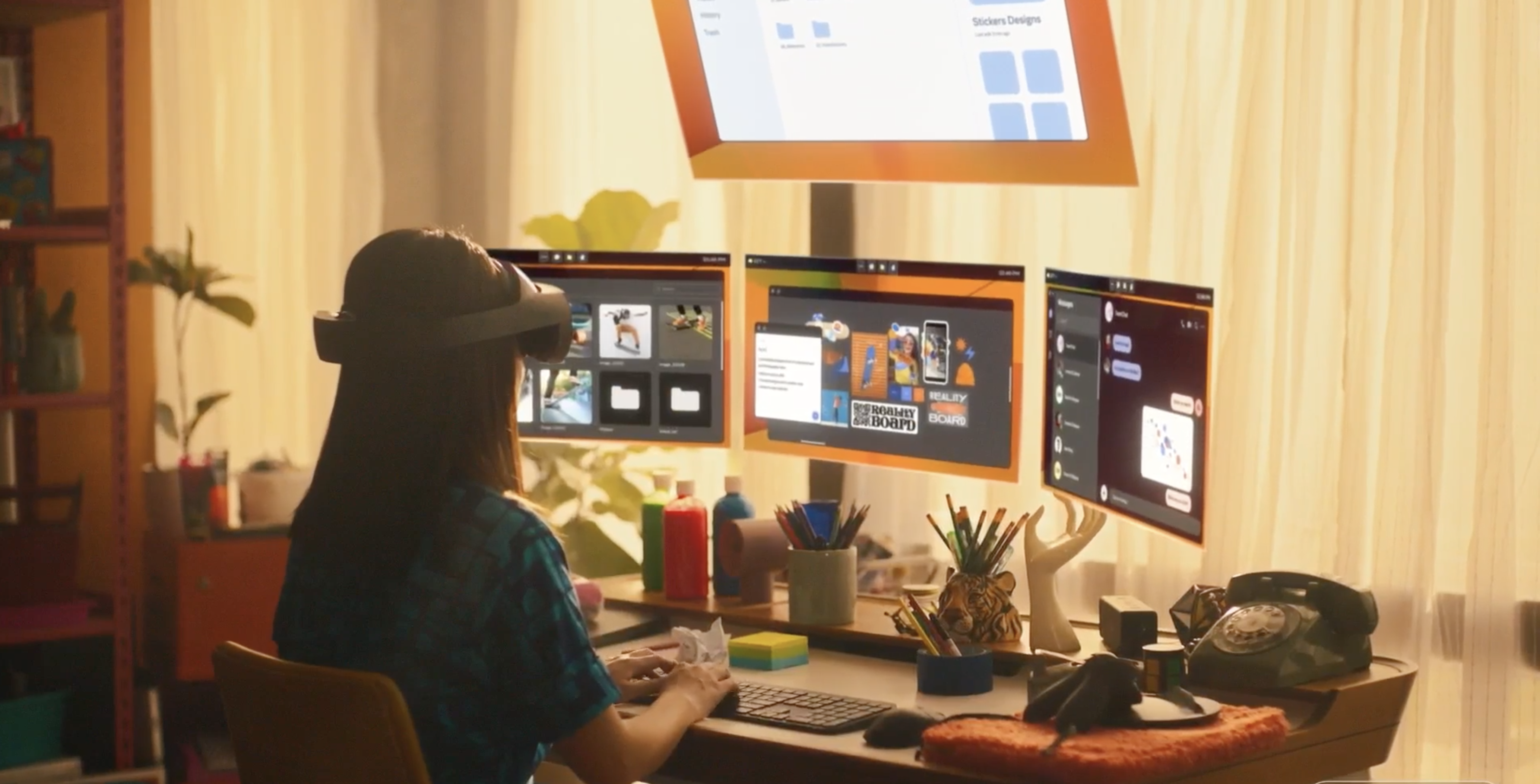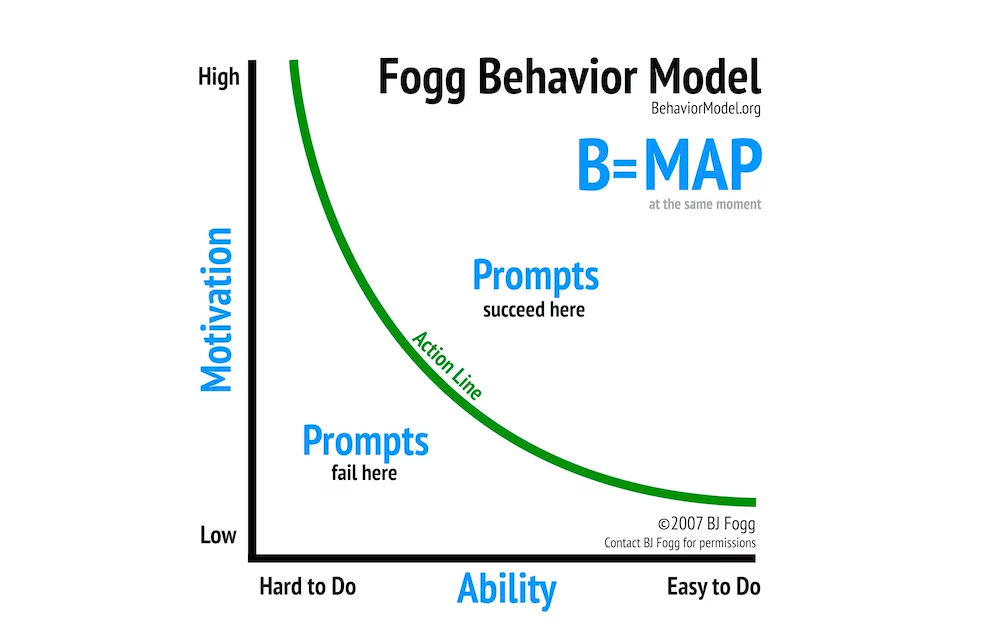
Sponsored By: Candor
This article is brought to you by Candor, a beautifully designed Personal ReadMe platform that allows you to share how you work with your team—so you can build better connections, trust, and collaboration.
1
I have spent a lot of time lately trying to figure out what Meta’s vision of the metaverse is, and whether it will happen anytime soon. In the long run they anticipate both VR and AR components, but the AR piece is quite a long way off, and probably to some extent depends on VR delivering real wins. So for the purposes of this piece I am focused exclusively on VR.
Of course, nobody can see the future, but there are two main camps:
Believers think that at some point in the next 5–10 years we’ll mostly stop buying laptops and desktops, and instead spend our screen time in VR. They see obvious advantages to full immersion, and consider it just a matter of time before the technology is good enough and cheap enough to get us all to make the switch. The main obstacle, they believe, is technical.
Skeptics aren’t so sure. You could show them a VR headset that is feather-light, renders photorealistic graphics with zero latency, and has infinite battery life—and they’d still not bet that most people would choose it over regular old screens very often. Even a haptic bodysuit with a neural interface capable of writing directly to all five senses and a 360º treadmill wouldn’t change some of these people’s minds! The question in skeptics minds is not whether the tech can advance to where believers hope it will, but whether even if it does, it will cause significant behavior change beyond gaming and perhaps some other specialty experiences.
I decided this week was as good a time as any to publish where I’m at so far, because it was the week of Meta’s annual conference where they showcase all their latest tech, and because I am honestly still on the fence.
Deep in my bones I am a tech enthusiast. I can definitely feel the allure of escaping the limits of physics and exploring infinite virtual worlds. But I am also the kind of guy who prefers phone calls to zooms so I can wander around in my backyard with a coffee while I chat. And I have observed the surprising stickiness of convenient, low-fidelity experiences over inconvenient, rich ones in many arenas: I clumsily edit essays from my phone when I’m too lazy to get off the couch; I eat potato chips and protein shakes instead of actual meals; I scroll TikTok for hours instead of watching movies—you get the idea.
So I decided to see if I could get to the bottom of things.
2
Over time as I conducted my research, I discovered I could inhabit the perspective of both believers and skeptics at will, depending on what frame of reference I used.
When I thought of VR as a virtual version of reality, it was obviously compelling. Who wouldn’t want an infinite mansion where you can hang out with all your friends anytime you want? What company wouldn’t want a stunning campus where each employee gets their own corner office with a ridiculous view and a bazillion monitors for enhanced productivity? What beating human heart wouldn’t want to fly through the sky like Neo or Iron Man?
If the metaverse feels like a limitless version of the real world, it clearly would be pretty dope. But, to be fair, that is a pretty big “if.”
When I started to think about VR as a technology that has to fit into my actual physical life—i.e. a screen that I have to strap to my face—suddenly it began to feel a lot less compelling. Once the novelty wore off, would a VR mansion really be all that interesting? Would hanging out with friends in VR actually be that much better than a group chat? I don’t know about you, but my group chats basically never convene for video calls—too much friction. Why would VR solve this?
To answer this question, I consulted a simple but powerful model of human behavior created by a Stanford social scientist named BJ Fogg. The basic idea is that a behavior only happens when there is a prompt, and when your motivation to do it exceeds the difficulty of doing it.
Behavior = Motivation × Ability × Prompt
For example, you’re reading this because you got a Prompt via email or Twitter. You’ve learned through prior experience that you like this kind of essay, and perhaps you’re curious about the metaverse, so you’re Motivated. You know roughly how much time and energy it will take to read this, and you have the
The Only Subscription
You Need to
Stay at the
Edge of AI
The essential toolkit for those shaping the future
"This might be the best value you
can get from an AI subscription."
- Jay S.
Join 100,000+ leaders, builders, and innovators

Email address
Already have an account? Sign in
What is included in a subscription?
Daily insights from AI pioneers + early access to powerful AI tools








Comments
Don't have an account? Sign up!